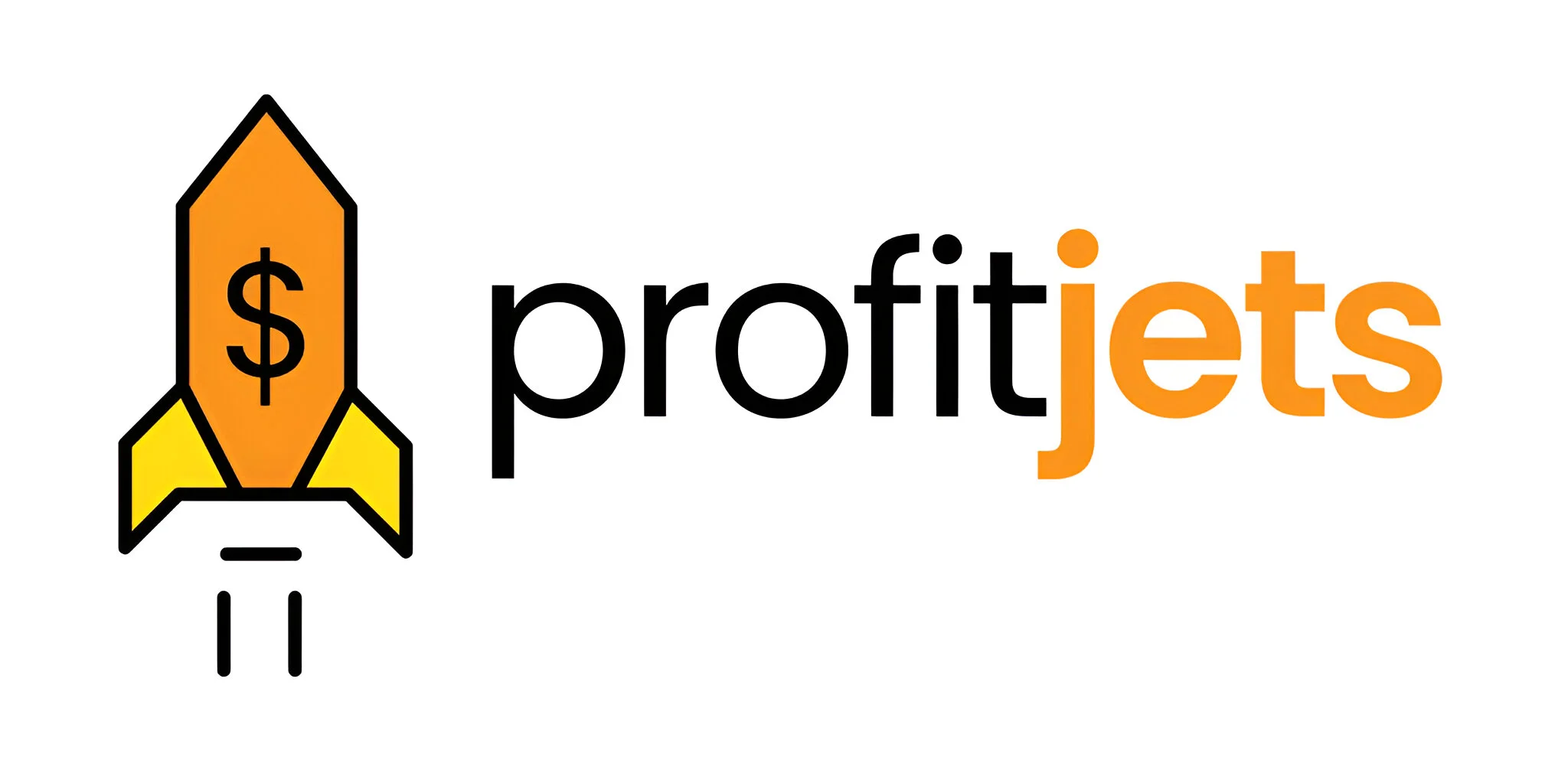Filing your payroll tax forms accurately is crucial for staying compliant with IRS regulations. Form 941 Schedule‑B is a vital component of the quarterly Form 941, detailing tax deposits and reported amounts. Whether you manage payroll in‑house or rely on professional support, understanding how to complete this schedule can help prevent errors and ensure timely deposits. In this guide, we walk you through each step of filling out Form 941 Schedule‑B, explain what information you need, and share tips to streamline the process using expert tax services.
What is Form 941 Schedule‑B?
Form 941 Schedule‑B is used to report tax deposit information for employers. It serves as a summary of the tax deposits made during the quarter to cover federal income tax, Social Security, and Medicare withholding from employee wages. This schedule is an extension of the Form 941 filing, providing additional details about when deposits were made and the amounts deposited during each pay period. Correctly filling out this form is essential for ensuring that your business meets its tax obligations.
Who Must File Form 941 Schedule‑B?
Generally, any employer who deposits employment taxes may be required to file Form 941 Schedule‑B. The schedule is necessary when you have variable deposit amounts throughout the quarter or when your deposit schedule does not allow for a single, uniform deposit. Businesses that experience fluctuations in payroll or those with irregular deposit patterns typically complete Schedule‑B to provide a detailed breakdown of deposits by date. Understanding whether you need to file this form is crucial; if you’re unsure, review the Form 941 Schedule‑B instructions or consult with a professional tax service for guidance.
IRS FORM IMAGE
Why Accurate Filing of Form 941 Schedule‑B Matters
Filing Form 941 Schedule‑B accurately ensures that:
- You remain compliant with IRS requirements, avoiding penalties and interest.
- Tax deposits are correctly allocated to the proper pay periods, which can help prevent discrepancies in your quarterly returns.
- Your business records are complete, providing a clear audit trail for tax authorities.
- Cash flow management improves by tracking your deposit patterns, aiding in more accurate financial forecasting.
By following the steps below and utilizing expert tax services, you can streamline your filing process and avoid common pitfalls.
Step-by-Step Instructions for Completing Form 941 Schedule‑B
Below is a detailed, step-by-step guide to help you complete Form 941 Schedule‑B with ease.
Step 1: Gather All Necessary Information
Before you start filling out the form, collect the following details:
- Payroll Records: Document the total amounts withheld for federal income tax, Social Security, and Medicare for each pay period.
- Deposit Records: Gather bank statements or payroll system reports that list your deposit dates and amounts for the quarter.
- Employer Identification Number (EIN): Ensure you have your EIN and business name registered with the IRS.
- Quarterly Period: Confirm the specific quarter for which you are filing Schedule B.
Having all these records at your fingertips will make the process smoother and help minimize errors.
Step 2: Enter Employer Information
Begin by filling out the top section of Form 941 Schedule‑B:
- Business Name and EIN: In the designated fields, enter your legal business name and EIN. This information must match what is on your Form 941.
- Quarter Identification: Specify the quarter for which you are filing the schedule (e.g., Q1, Q2, Q3, or Q4).
Double-check these details, as any inconsistencies may trigger IRS inquiries or delays.

Step 3: Report the Total Tax Deposits
In this section, you will provide a detailed breakdown of your tax deposits:
- Deposit Date Column: For each pay period within the quarter, enter the specific dates on which deposits were made.
- Deposit Amount Column: Next to each date, record the exact amount of tax deposits made. This should include all deposits for federal income tax, Social Security, and Medicare withheld.
- Total Deposits: Verify that the sum of these deposits equals the total amount reported on your Form 941. Use your payroll and bank records to reconcile the figures.
Accurate entry in this section ensures that every deposit is accounted for, matching your quarterly tax return.
Step 4: Allocate Deposits to Pay Periods
Form 941 Schedule‑B requires you to categorize your deposits according to the pay periods:
- Identify Irregular Deposits: Note any deposits that differ from your usual schedule. For each irregular deposit, specify the corresponding pay period.
- Use a Consistent Format: Organize the information in a clear, chronological order. This helps the IRS quickly verify that all deposits are appropriately allocated.
Using a spreadsheet or payroll software to track these details beforehand can simplify this task.
Step 5: Verify Calculations and Totals
Before finalizing the form:
- Reconcile Totals: Ensure that the total deposit amount on Schedule B matches the amount reported on your Form 941.
- Double-check entries: Look over each date and deposit amount to verify accuracy. Any discrepancies should be corrected immediately.
- Include All Adjustments: If you made any adjustments or corrections during the quarter, ensure they are reflected accurately.
Taking the time to review your entries reduces the likelihood of errors and potential IRS penalties.
Step 6: Review, Sign, and Date the Form
Once you have completed all sections of the form:
- Final Review: Carefully read through the entire form to ensure all information is correct and complete.
- Sign and Date: If you are submitting a paper return, sign and date the form in the appropriate section. For electronic filings, follow the guidelines provided by your tax software to authenticate your submission.
A thorough final review is crucial, as even minor mistakes can lead to delays or additional correspondence from the IRS.
Step 7: Submit Form 941 Schedule‑B with Your Form 941
Your completed Form 941 Schedule‑B should be attached to your quarterly Form 941:
- Electronic Filing: If you file your Form 941 electronically, ensure that Schedule‑B is included in the submission package.
- Paper Filing: For paper returns, attach Schedule‑B securely with your Form 941 before mailing it to the appropriate IRS address.
- Confirmation: Keep a copy of the completed form and any confirmation receipt for your records. This documentation is helpful for future audits or inquiries.
Following the proper submission process ensures your filings are processed on time and without complications.
How Tax Services Can Simplify Your Filing Process
Filing Form 941 Schedule‑B doesn’t have to be a daunting task. Professional tax services offer expert guidance to help you:
- Ensure Compliance: Tax professionals are up-to-date with the latest IRS requirements and can help you avoid common errors.
- Save Time: Let experts handle the data reconciliation and accurate entry so you can focus on running your business.
- Receive Personalized Support: Whether you have a small business or a large enterprise, professional tax advisors can tailor their services to meet your unique needs.
- Improve Accuracy: With professional assistance, you reduce the risk of mistakes that could result in penalties or delays.
Leveraging expert tax services not only makes the process smoother but also gives you peace of mind that your payroll tax filings are compliant and accurate.

Final Thoughts
Accurate filing of Form 941 Schedule‑B is essential for maintaining compliance with IRS requirements and ensuring that your tax deposits are correctly reported. By following this step-by-step guide and carefully reviewing each section, you can complete the form with confidence. From gathering the necessary payroll and deposit information to verifying each entry and submitting your return, every step plays a crucial role in the overall process.
Whether you manage payroll in‑house or work with professional tax services, taking the time to file Form 941 Schedule‑B correctly will help you avoid costly errors and potential penalties. A well-prepared Schedule‑B not only supports your quarterly Form 941 but also provides a clear audit trail, making it easier to handle any future inquiries from the IRS.
Investing effort in understanding and accurately filing Form 941 Schedule‑B sets a strong foundation for your business’s financial health. Stay organized, use reliable data sources, and don’t hesitate to consult expert tax services if needed. With proper preparation and professional guidance, you can streamline your payroll tax process and focus on growing your business.










